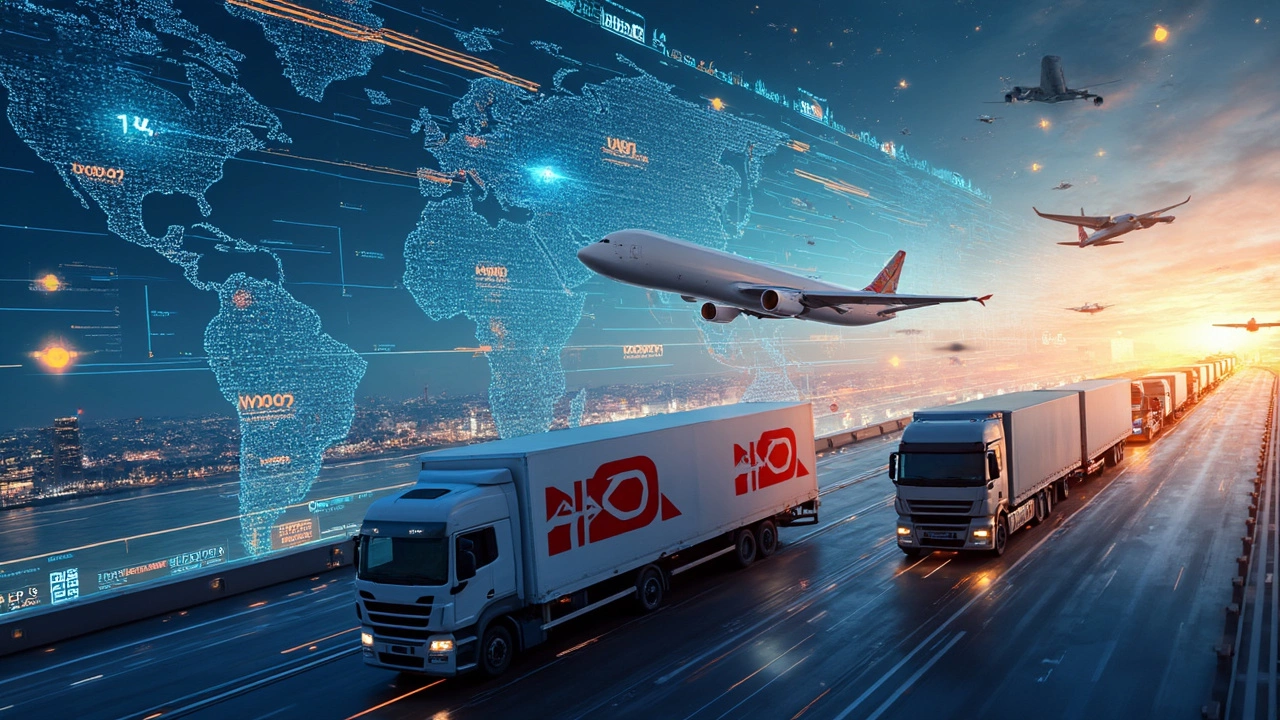Richest Logistics Company: Who Leads the Money Game?
If you ever wonder which logistics firms make the biggest bucks, you’re not alone. Knowing the richest players helps you gauge reliability, service reach, and even price trends. In this guide we’ll break down the top earners, why they’re so powerful, and what that means for anyone sending a package.
Who Takes the Crown?
At the top of the list sits DHL Group. With revenues north of $90 billion, DHL covers air, sea, and road transport worldwide. Its massive network and technology investments keep it ahead of rivals. Right behind DHL is UPS, pulling in about $85 billion. UPS’s strength lies in its dense US footprint and strong e‑commerce partnerships.
Next up is FedEx, sitting around $80 billion in annual sales. FedEx’s fast‑air services and growing ground network make it a go‑to for urgent shipments. Then there’s Maersk, the giant of ocean freight, with revenue close to $75 billion. Maersk’s size gives it bargaining power on container rates, which can lower costs for shippers.
Why Are They So Rich?
These companies earn big because they own the whole supply chain. They don’t just move a package; they handle warehousing, customs clearance, and last‑mile delivery. Owning multiple steps lets them charge a premium while still offering lower total costs to customers.
Technology also plays a huge role. Real‑time tracking, AI route‑optimisation, and automated sorting hubs cut waste and speed up deliveries. When you pay for a service that’s faster and more visible, you’re willing to spend a bit more, boosting the company’s top line.
Another factor is scale. Big firms negotiate lower fuel rates, bulk aircraft leases, and warehouse space discounts. Those savings get passed down – or sometimes kept as profit – but they definitely help the revenue numbers look impressive.
Finally, global reach matters. A company that can ship from London to Lagos in a day draws larger customers, especially e‑commerce brands that need worldwide coverage. That kind of demand fuels massive cash flow.
So what does this mean for you? If you’re a business looking for stability, picking a top‑earning logistics firm often means fewer service disruptions. If you’re a shopper, those firms usually have more pickup points and better tracking tools.
Keep an eye on emerging players too. Some tech‑first startups are challenging the giants with lower prices and hyper‑local networks. While they aren’t the richest now, they could shift the market fast.
Bottom line: the richest logistics companies – DHL, UPS, FedEx, Maersk, and a few others – dominate because they own the whole chain, invest heavily in tech, and leverage scale. Knowing who they are helps you choose a partner that matches your speed, price, and reliability needs.
Richest Logistics Company in the World: Who’s on Top?
Ever wondered which logistics company has the most money and the biggest reach across the globe? This article reveals the top player in the logistics world, breaking down how they got so rich, what gives them an edge, and some jaw-dropping numbers that might surprise you. If you’re curious about how packages, goods, and products move everywhere in the world, this will give you a look behind the curtain. From record-breaking revenues to clever supply chain hacks, you’ll pick up some tips just by seeing how the best in the world does it. Grab a seat and see what it really takes to rule the logistics business.
© 2025. All rights reserved.

